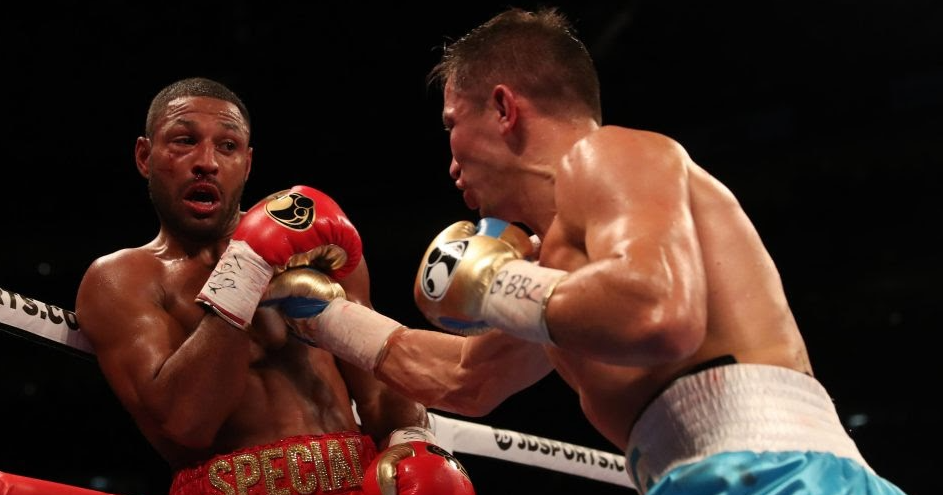
Boxing is a combat sport that has captivated audiences for centuries with its raw athleticism, strategy, and sheer spectacle. Behind the punches and intense physicality, there lies a fascinating realm of science encompassing the physics and physiology of the sport. From the intricate mechanics of a knockout punch to the physiological adaptations of a seasoned boxer, understanding the science behind boxing adds a whole new dimension to appreciating this ancient art form.
At the heart of boxing lies the art of delivering a powerful punch. The science behind punching power is a combination of several factors, including technique, speed, and most importantly, physics. When a boxer throws a punch, several physical principles come into play.
Firstly, the principle of leverage plays a significant role. Boxers generate power by rotating their hips and shoulders while transferring their body weight onto their lead foot. This motion generates torque, which amplifies the force generated by the muscles and adds to the power of the punch.
Secondly, the kinetic chain effect contributes to the power of a punch. As the punch is thrown, energy is transferred from the ground up through the legs, hips, torso, and finally to the arm and fist. This sequential transfer of energy allows for maximum force generation.
Another crucial aspect is the principle of acceleration. The speed at which a boxer's fist accelerates determines the impact force of the punch. By rapidly contracting their muscles, boxers can achieve high acceleration, resulting in a more powerful punch upon impact.
The importance of timing and accuracy should not be overlooked either. A well timed punch that lands squarely on the target has a higher chance of delivering a knockout blow. Precision and timing rely on a boxer's ability to read their opponent's movements and react accordingly, utilizing split second decision making.
The physical demands of boxing require a high level of fitness and specific physiological adaptations. Boxers undergo rigorous training to develop the attributes necessary for success in the ring. Let's explore some of the key physiological adaptations that occur in boxers.
Cardiovascular endurance is vital in boxing as fights can be intense and last several rounds. Boxers engage in aerobic and anaerobic conditioning to improve their cardiovascular fitness, enabling them to maintain a high level of performance throughout the fight.
Muscular strength and power are essential for generating force in punches and maintaining a strong defensive stance. Boxers focus on strength training exercises, such as weightlifting and plyometrics, to develop explosive power and muscular endurance.
Agility and speed are critical attributes for evading punches and launching effective counterattacks. Boxers train their footwork, reaction time, and hand eye coordination to improve their agility and speed in the ring.
Furthermore, boxers undergo specific training to toughen and condition their bodies. This process involves strengthening the bones, tendons, and muscles through repetitive impact, such as hitting the heavy bag or focus mitts. Conditioning the body helps to minimize the risk of injury during fights.
Biomechanics is a field that explores the mechanical principles of human movement. In boxing, understanding biomechanics can provide insights into optimizing technique, minimizing energy expenditure, and maximizing efficiency.
One aspect of biomechanics is analyzing the kinematics of a punch. Scientists use motion capture technology to track the movement of boxers' limbs and joints, allowing for detailed analysis of punching techniques. This research helps coaches and trainers identify optimal techniques for generating power and reducing the risk of injury.
Another area of interest is studying the forces experienced by boxers during training and bouts. Researchers use force plates and accelerometers to measure the impact forces exerted on the body. This data aids in understanding the stresses placed on various body parts, which can guide injury prevention strategies and equipment development.
As scientific advancements continue to unfold, the understanding of boxing's science is likely to evolve. Emerging technologies, such as virtual reality and advanced data analytics, may revolutionize the way boxers train and analyze their performances.
Virtual reality simulations could provide boxers with immersive training environments, allowing them to practice against virtual opponents and refine their skills in a safe and controlled manner. Advanced data analytics can help boxers and trainers analyze performance metrics, such as punch speed, accuracy, and defensive techniques, leading to more targeted and effective training regimes.
Additionally, advances in sports medicine and nutrition science will play a crucial role in optimizing boxer's performance and recovery. From injury prevention strategies to personalized dietary plans, the integration of scientific research will continue to shape the future of boxing.
In conclusion, the science of boxing encompasses a wide range of disciplines, including physics, physiology, and biomechanics. Understanding the underlying scientific principles enhances our appreciation for the sport, revealing the intricacies behind the powerful punches, physical adaptations, and technical skills displayed in the ring. With ongoing scientific advancements, the future of boxing science looks promising, offering new insights and tools to both athletes and coaches, ultimately pushing the boundaries of human performance in this dynamic and captivating sport.